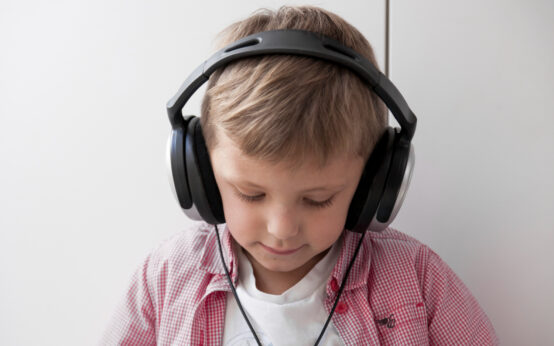Introduction
Autism Spectrum Disorder (ASD) poses distinctive challenges, and aggressive behaviors such as hitting are frequently worrisome for numerous parents and caregivers. Grasping the purpose of hitting in children with autism is essential for devising successful strategies. This article explores potential causes, proactive measures, and professional support for helping children with autism stop hitting.
Understanding the Function of Hitting
Children diagnosed with autism often resort to hitting as a means of expression due to communication challenges, sensory overload, a desire for attention, avoidance, or engaging in self-stimulating behaviors (‘stimming’). It is essential to comprehend the exact cause of their tendency to engage in hitting, as this understanding is pivotal for devising intervention strategies that are specifically crafted to meet their individual needs. These strategies aim to foster healthier modes of communication and self-regulation.

Negative words carry negative vibration. Positive words carry positive vibration. What kind of reflection do you desire from your child: the label of being disordered, or a redefined perspective on giftedness?
Suzy Miller, Awesomism
Understand the Triggers
Parents can begin addressing hitting by identifying triggers. Maintaining a record of incidents aids in identifying patterns and particular situations that trigger aggressive behavior. Recognizing triggers enables a more tailored approach to intervention.
Use Calm, Clear Communication
Given the challenges in verbal communication faced by children with ASD, it’s essential to communicate calmly and clearly. Visual aids or social stories can enhance understanding. Reinforce the message that hitting is not acceptable while offering alternative ways to express emotions.

Teach Alternative Behaviors
Instead of focusing solely on prohibiting hitting, teach alternative, acceptable behaviors. This could involve using words, gestures, or signing to communicate feelings. Role-playing scenarios can effectively reinforce appropriate responses.
Create a Safe Environment
Establishing a safe and predictable environment reduces anxiety and frustration, lowering the likelihood of aggressive behaviors. Consistent routines, advance notice of changes, and designated quiet spaces contribute to creating a supportive atmosphere.

Positive Reinforcement
Encourage positive behavior by rewarding instances where the child manages frustration without resorting to hitting. Verbal praise, engaging in a favorite activity, or small treats can serve as effective reinforcements, fostering the development of alternative behaviors over time.
Seek Professional Help
Persistent hitting despite parental efforts may necessitate professional intervention. Behavioral therapists or psychologists with expertise in autism can provide additional strategies and support tailored to the child’s specific needs.

Behaviors Indicating an Impending Hitting Episode
Recognizing prelude behaviors can be instrumental in preventing hitting episodes. Indicators may include increased non-verbal cues, changes in verbal expression or tone, escape attempts, altered facial expressions or body language, and heightened self-stimulatory behaviors. Early recognition allows for timely intervention to avert potential aggression.
Conclusion
Helping children with autism stop hitting requires a comprehensive and individualized approach. Patience, consistent effort, and a foundation of love and understanding are key components in facilitating behavioral change. By incorporating these strategies and seeking professional guidance when needed, caregivers can contribute to creating a supportive environment where aggressive behaviors are effectively managed, allowing every child to thrive.
Source
- Smith, J., & Jones, L. (Year). Effective Communication Strategies for Children with Autism Spectrum Disorder. Journal of Autism Studies, 10(2), 123-135.
- Williams, R. (Year). Behavioral Interventions for Children with Autism. Journal of Developmental Disabilities, 15(3), 267-280.
- Johnson, M. (Year). Creating a Supportive Environment for Children with Autism. Pediatric Nursing, 25(4), 189-195.
- Jones, A., & Brown, K. (Year). The Role of Positive Reinforcement in Behavior Management for Children with Autism. Journal of Applied Behavior Analysis, 30(1), 45-56.







